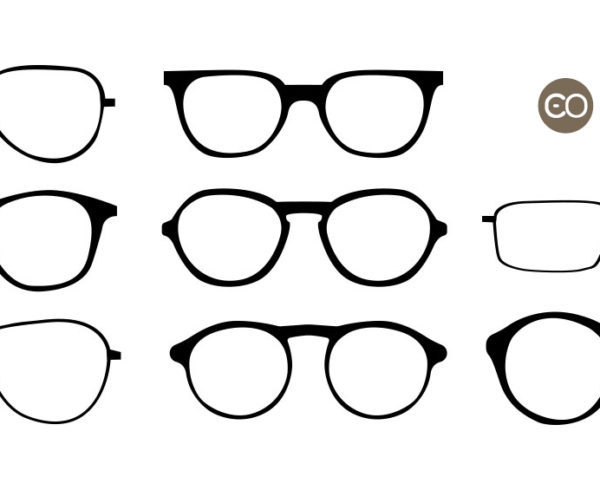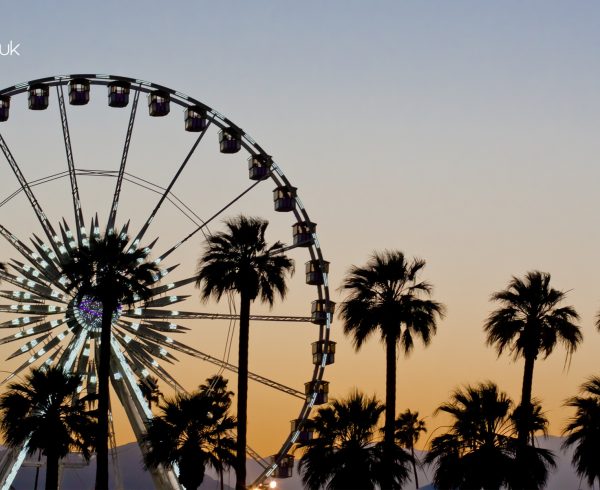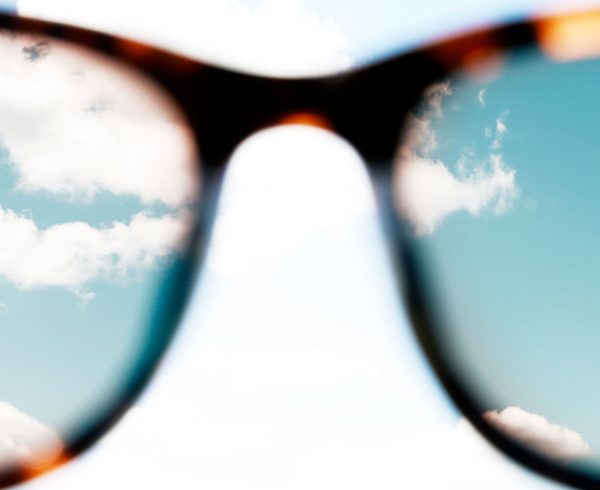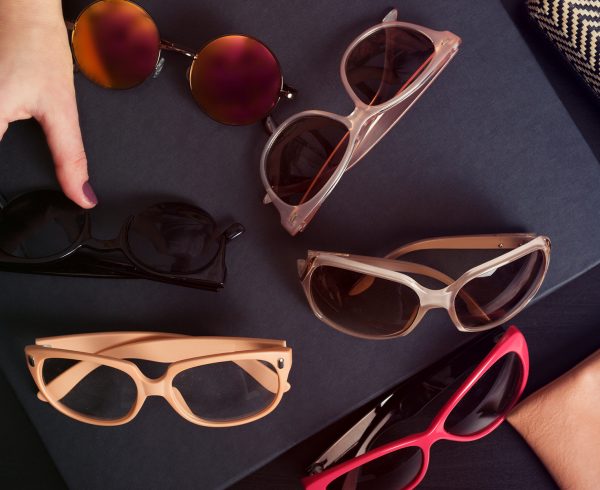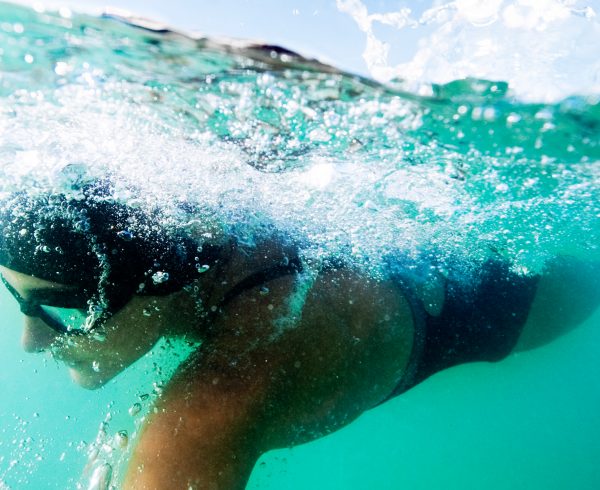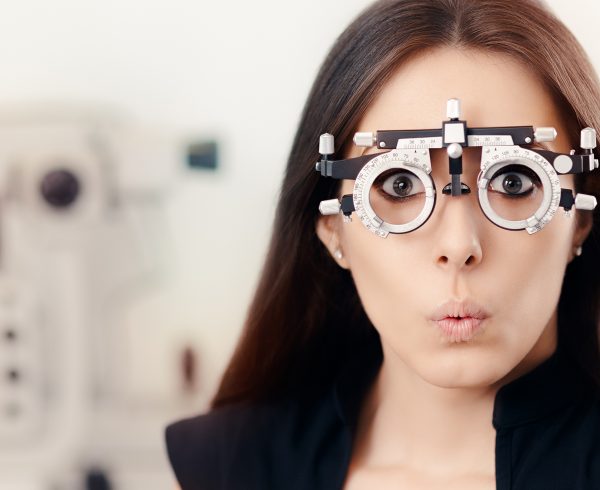Nowhere is good vision so vitally important as when you are behind the wheel. Anyone who has ever been out driving in the low sun or on a rainy winter night knows that driving often means coping with difficult visibility conditions. Luckily, there is one thing that can help you straight away: glasses or sunglasses for driving. In this blog, we show you what you should look out for in glasses as a driver and how special driving glasses can help.
Which sight problems occur when driving?
Most people have had the experience of driving along in blazing sunlight with a pair of sunglasses on, and then suddenly a shadowy patch comes and you can barely see anything. So you quickly take the sunglasses off (and if you are a glasses wearer, you then even have to put your normal glasses back on). It’s not exactly easy – let alone road-safe. It’s not without reason that the majority of accidents on our roads are attributed to poor visibility or difficult light conditions. Reflections on wet roads or glare from oncoming vehicles are also something that strains our eyes and distracts us from road traffic. For these moments of glare, rapid changes between dark and light or low visibility, there are special glasses for driving.
When do I need a pair of driving glasses?
Are you often on the road for long distances? Are your eyes often tired and irritated after driving? Do you feel unsafe when you are blinded on wet roads? Then buying driving glasses is certainly a good idea. With the right glasses, you’ll be prepared for changing light conditions, dim light, bad weather, low sun and UV rays. That’s hard to beat!
How do driving glasses work?
Glasses designed specifically for driving minimise reflections, compensate for changes in light and dark, and enable sharp spatial vision even during rapid changes of gaze between the road and mirrors. But how exactly do glasses for driving achieve this effect? Some lens manufacturers offer special coatings (such as Zeiss DriveSafe lenses or Rodenstock Road) that reflect certain wavelengths of the light spectrum, reducing glare. However, you have to pay a lot of money for such refined special lenses. You can achieve a similar effect by looking out for the following features when choosing your driving glasses:
Checklist for Driving Glasses
- The right (phototropic) tinting
- A high level of anti-reflective coating
- Polarising lenses to protect against glare
- Blue light filter coating for better contrast
Driving Glasses Lens Tint
Glasses specifically designed for driving are usually self-tinting to reduce glare. Such phototropic (or photochromic) lenses contain light-sensitive molecules that react to UV radiation and darken the lens accordingly. However, you can’t just take any phototropic lens, because since the windscreen of most cars is equipped with a UV filter, the lenses inside the car will not darken properly. Photochromic lenses especially for driving react not only to UV rays, but also to visible light – and thus ensure safe driving.
If you prefer regular sunglasses for driving, make sure you choose the right tint. Red and blue shades reduce contrast and are therefore not suitable. Tint colours such as brown and grey, on the other hand, are optimal; they help you to see brake lights and traffic lights better. And be careful: the tint should not be too strong. For daytime driving, it should be no more than 85 percent and at night no more than 25 percent.
Anti-Reflective Coating
Lenses without anti-reflective coating amplify glare from oncoming vehicles like a mirror. Every pair of driving glasses should therefore have a super anti-reflective coating that ensures clear vision and relaxed driving. We also recommend other coatings such as Clean Coat, extra hardening or anti-static, as every particle of dirt and every scratch on the lens can worsen vision.
Polarized Driving Glasses
Polarised lenses offer a high level of glare protection – water sports enthusiasts in particular have been taking advantage of this effect for a long time with their polarised sunglasses. The lenses filter out reflections on rain-soaked roads or water surfaces and thus help to recognise other vehicles in good time despite difficult lighting conditions.
Blue Light Filter
Blue light filter technology is another way to ease the strain on your eyes while driving. Originally developed to protect your eyes from blue light emitted by smartphone and computer screens, blue light filter lenses can also be used to increase contrast and reduce glare. This makes it easier to concentrate on the road and traffic.
Are special night driving glasses worth it?
There are special night driving glasses that are designed to increase contrast in the dark using yellow tinted lenses. The yellow tint filters out a large part of the disturbing blue light spectrum, helping the eyes to tire less quickly. However, there are also experts who dispute this effect. What is proven, however, is that the yellow-tinted lenses are ideal for driving in fog, where they significantly improve visibility.
Choosing the Right Frame
To ensure good visibility while driving, you should not underestimate the role played by the frame of your glasses. The field of vision of your glasses should be large enough so that you always have a clear view of the exterior mirrors. So it’s better to choose larger lenses and a narrow frame. Ideally, the arms should not be too wide either, so that you can see well out of the corner of your eye. Light frames made of metal or titanium are the first choice.
Varifocal Glasses for Driving
In addition to single vision glasses and non-prescription eyewear, it is also possible to turn varifocals into glasses for driving. There is only one thing to bear in mind here: the outside mirrors of the car are usually in the lower area of the varifocals and thus in the near vision area. If you drive a lot and need to see things sharply at a greater distance, you can opt for panoramic varifocals, which have a much larger distance range.
Can I use my driving glasses all day?
The great advantage of prescription driving glasses is that they also perform wonderfully in everyday life thanks to their lens properties, so you don’t really need a second pair of glasses. But of course, with our huge selection of affordable designer glasses, you can always treat yourself to another pair, whether it’s smart geek-chic glasses with blue light filters for your workday, a pair of oversized sunglasses for your Sunday outing or a sleek pair for the video call party with friends. After all, you can’t drive all day…
 English
English Deutsch
Deutsch Dansk
Dansk Svenska
Svenska Nederlands
Nederlands Français
Français Magyar
Magyar polski
polski Română
Română Österreich
Österreich Schweiz
Schweiz







